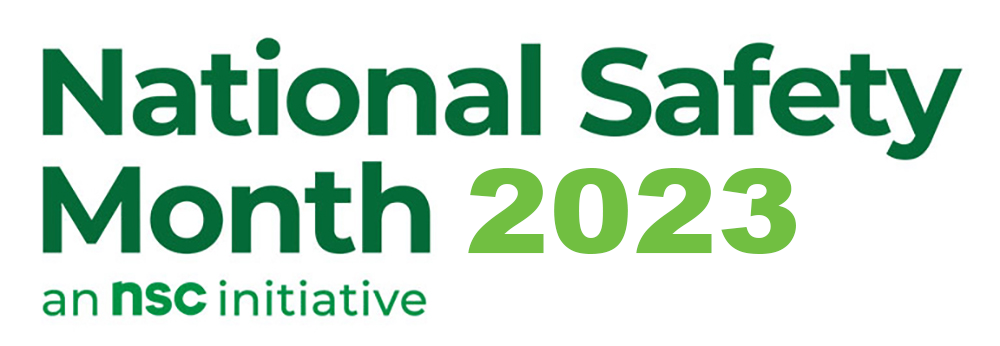
During the month of June, the U.S. recognizes National Safety Month by calling attention to workplace safety. In addition to our emphasis on safety topics specific to Mauser Packaging Solutions, we join with other companies across the U.S. by focusing on weekly topics provided by the National Safety Council.
National Safety Month – Week Three - Heat-Related Illness
The human body is normally able to regulate its temperature through sweating, until it is exposed to more heat than it can handle. Heat-related illnesses can escalate rapidly, and even lead to death. In 2021, the National Oceanic and Atmospheric Administration reported 201 people died and 67 were injured in the U.S. from weather-related excessive heat, according to Injury Facts.
Occupational hazards that may contribute to heat-related illness include:
- High temperature and humidity
- Low fluid consumption
- Direct sun exposure (with no shade) or extreme heat
- Limited air movement (no breeze or wind)
- Physical exertion
- Use of bulky protective clothing and equipment
Working in a hot environment without taking proper precautions can trigger ailments that include heat rash, heat cramps, heat exhaustion and heat stroke. Knowing the symptoms and how to treat each of these heat-related illnesses can help prevent more serious complications or death.
Heat Rash
Heat rash is the most common problem in hot work environments and is caused by sweating.
Symptoms – red cluster of red pimples or blisters, typically on the neck, upper chest, groin, under the breasts or elbow creases
Treatment – Move to a cooler, less humid work environment; keep rash area dry; use powder to increase comfort, do not use ointments and creams on a heat rash
Heat Cramps
Heat cramps are muscle pains caused by the loss of body salts and fluid during sweating.
Symptoms – Painful cramps in the arms, legs or abdominal muscles
Treatment – Stop activity and move to a cool location out of the sun; gently stretch affected muscles to release the cramp; replace fluid loss by drinking cool water and/or carbohydrate-electrolyte replacement liquids (e.g., sports drinks) every 15 to 20 minutes
Heat Exhaustion
Heat exhaustion is caused by water or salt depletion and without proper intervention can lead to more the more serious illness of heat stroke.
Symptoms – Headache; nausea; dizziness; weakness; irritability; confusion; thirst; heavy sweating; body temperature greater than 100.4°F; skin may appear pale and feel moist or clammy; rapid pulse rate; elevated blood pressure
Treatment - Stop activity and move to a cool location out of the sun; drink cool liquids, primarily water; cool the body with a cold compress to the head, neck and face; wash head, face and neck with cool water; monitor condition and seek medical attention if symptoms persist or worsen.
Heat Stroke
Heat stroke is the most serious heat-related health problem. Heat stroke occurs when the body’s temperature regulating system fails and body temperature rises to critical levels (greater than 104°F). This is a medical emergency that may result in death!
Symptoms – Confusion; loss of consciousness; seizures; very high body temperature; may stop sweating; pale, dry skin; rapid heart rate; difficulty breathing; agitation; strange behavior; fainting
Treatment – Get medical help immediately can call 911. Until medical help arrives, move to a cool location out of the sun, cool the body with water a cold compress to the head, neck and face; place cold cloths, wet towels or ice over the body; circulate the air.
Fortunately, most heat related illness can be prevented by taking proper precautions and staying aware of early warning signs.
- Drink plenty of water – The human body can loose up to a half gallon of water per hour in hot weather. Drink water frequently while working in the heat to offset the water being lost.
- Eat light and healthy meals.
- Stay physically fit.
- Avoid alcohol on the day or days before you will be working in elevated temperatures.
- Plan to conduct more strenuous jobs during the parts of the day when possible.
- Reduce the physical demands of tasks by taking advantage of mechanical aids and equipment when available.
- Exhaust heat or steam away from the work area whenever possible.
- Use ventilation fans to increase air movement.
- Wear light-colored, loose-fitting fabric that allows for sweat evaporation and stops radiant heat
- Take rest breaks in a cool area as needed.
Next week’s National Safety Week Topic – Hazard Recognition


